China’s Wheat Production Critical to Global Food Security
Zhonghu He is country representative in China for the International Maize and Wheat Improvement
Center (CIMMYT), and Qiaosheng Zhuang is a professor at the
Chinese Academy of Agricultural Science (CAAS).
China’s domestic agricultural activities are vital to ensuring food security for its 1.4 billion people and – as the world’s largest wheat producer – the country plays a major role in shaping international markets.
China produces about 120 million metric tons (265 million pounds) of wheat each year – on approximately 24 million hectares (59 million acres) of land, an area similar to the size of Algeria, according to statistics from the Food and Agriculture Organization of the United Nations (FAO).
Wheat makes up 40 percent of grain consumption in China and about 60 percent of the country’s population eats the grain daily.
Cultivated wheat, which was likely introduced to China in the late 6th to early 5th millennium B.C., is the second most important food crop in China after rice. It is the dominant staple food in the northern part of the country where it is used mainly to produce noodles and steamed bread.
In present-day China, more than 95 percent of wheat is sown in the autumn. A double cropping system is used in the Yellow River and Huai River valleys in which wheat is rotated with maize. In the Yangtze Valley it is rotated with rice.
Chinese wheat matures early, so two crops can be harvested each year.
Wheat in China is also exceptionally resistant to high temperatures during the grain filling stage, during which kernel size is determined, as well as such diseases as head scab, septoria and karnal bunt. The wheat cultivar Sumai 3, a plant selected by breeders for its desirable characteristics, is used globally as a source for improving scab resistance.
Current Challenges
Demand for wheat in China is growing due to population increase and rising living standards, but production is challenged by water scarcity, environmental contamination, rising temperatures, droughts, labor shortages and land-use shifts from grain production to cash crops.
Researchers anticipate that in the near future the consumption of homemade steamed bread and raw noodles will decrease in favor of western-style breads and pastries.
Breeding for high-yield potential remains the first priority, as the available planting area for wheat is unlikely to increase.
Overall breeding goals include increasing grain yield, while maintaining genetic gains already made by scientists in grain yield and improving the processing quality without increasing needed inputs to grow healthy crops.
Conventional breeding – in which wheat plants with desirable, or “elite” traits are selected and used as “parents” for subsequent generations – has been in use for more than a hundred years. The technique, combined with an increased application of biotechnology, will continue to play a leading role in wheat variety development.
In addition to powdery mildew and yellow rust, Fusarium head blight has migrated to the main wheat regions in northern China due to climate change and the continuous practice of wheat and maize rotation, posing a major threat to wheat production. Other diseases, such as sharp eyespot and take-all, are also becoming increasingly troublesome as scientists try to increase grain yields. Wheat in the area has a very low resistance to scab, which is creating another challenge.
Scientific Innovation
It is important that foreign germplasm – the genetic resources of an organism – from international research centers and alien genes from wild relative species be explored as potential sources of multiple-disease resistance.
In order to reduce inputs for wheat production, it is essential to breed varieties with higher water, nitrogen (N) and phosphorus (N) fertilizer use efficiencies, but this must be combined with high-yielding potential.
Interested in this subject? Find out more information here:
Zhonghu He and Alain P.A. Bonjean, 2010. Cereals in China, Mexico, D.F.: CIMMYT.
Zhonghu He, Xianchun Xia a, Shaobing Peng, Thomas Adam Lumpkin, 2014. Meeting demands for increased cereal production in China, Journal of Cereal Science, 59: 235-244.
Fahong Wang,Zhonghu He, Ken Sayre, Shengdong Li, Jisheng Si, Bo Feng, Lingan Kong,2009. Wheat cropping systems and technologies in China, Field Crop Research, 111: 181-188.
Drought tolerance for wheat grown in rain-fed areas must be strengthened, because varieties with drought tolerance and better water-use efficiency are already urgently needed.
Under altered conditions driven by climate change, planting dates have been delayed by 10 days over the last 20 years, but maturity has remained basically unchanged. Climate-resilient varieties are needed.
New genes and genetic resources must be explored with novel tools to realize higher genetic gains. Gene-specific markers will play an important role in facilitating the genes for disease resistance and quality. Genetically modified wheat could offer potential tools in reducing damage from head scab and aphids.
Crop management must play an important role in increasing wheat production. Low-cost farming practices are needed so that wheat can be more competitive in the financial markets and new cropping systems must be suited to machinery operation. International collaboration has contributed significantly to improving Chinese wheat research and development capacity.
The government of China considers the International Maize and Wheat Improvement Center (CIMMYT) an important strategic partner in wheat research and continues to work closely with CIMMYT and other international partners to meet future wheat demands.
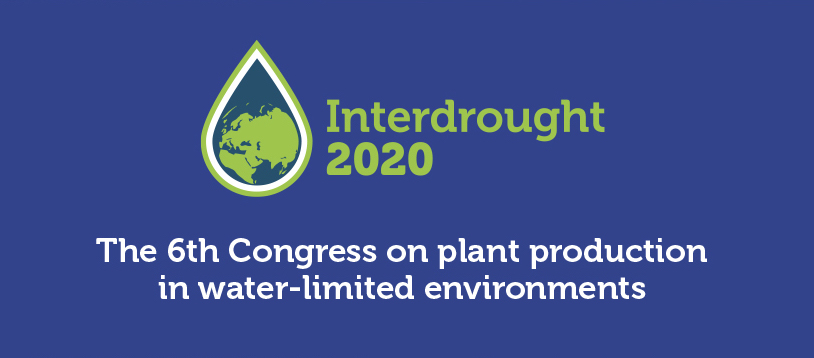

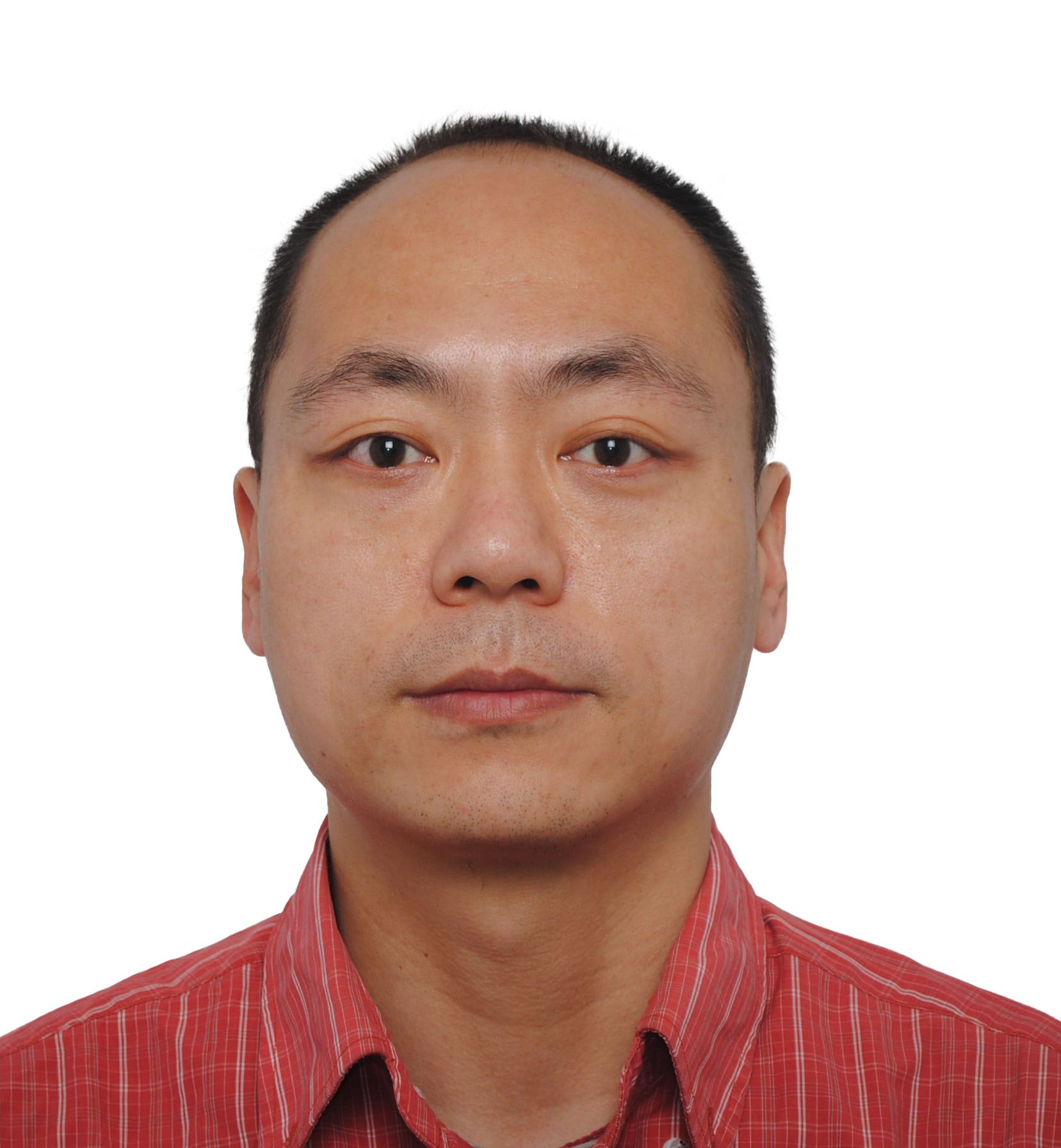
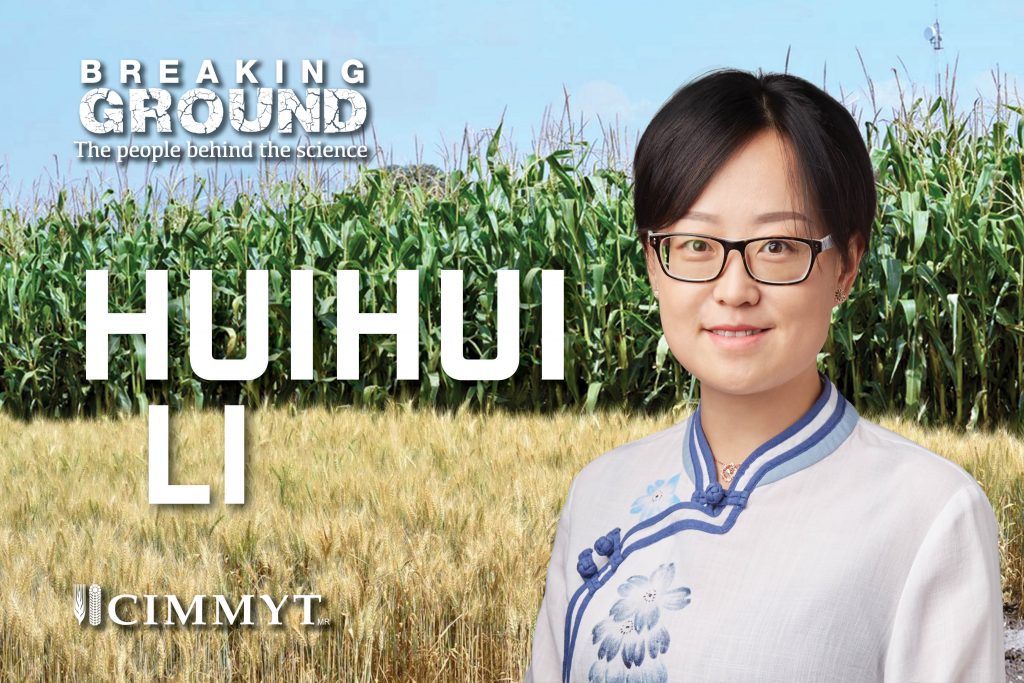
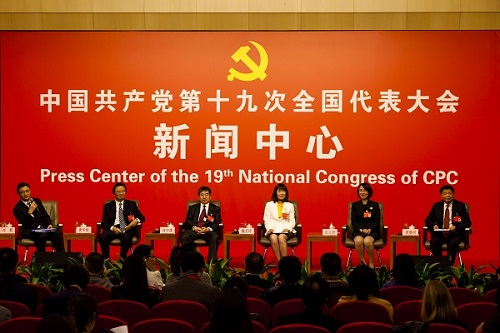
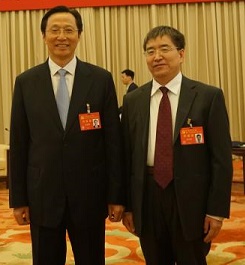
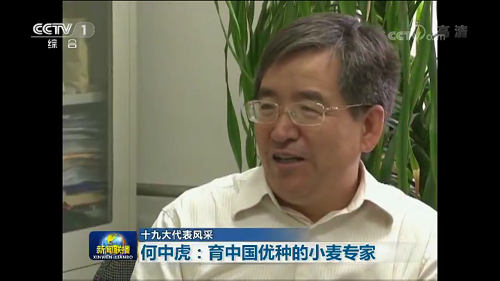

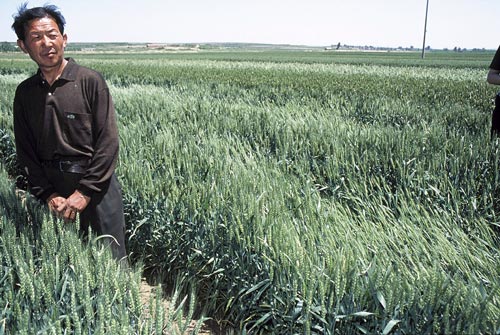
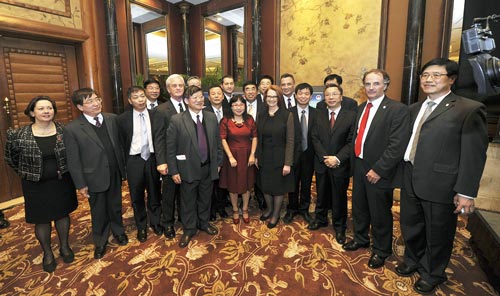 The Chinese Academy of Agricultural Sciences (CAAS)
The Chinese Academy of Agricultural Sciences (CAAS)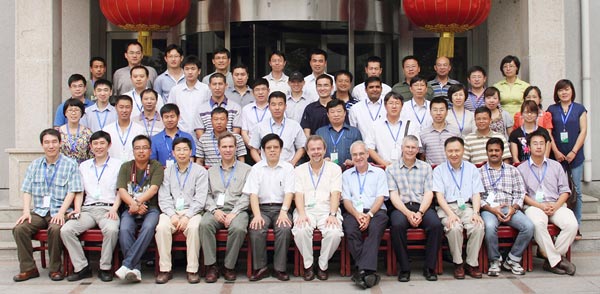
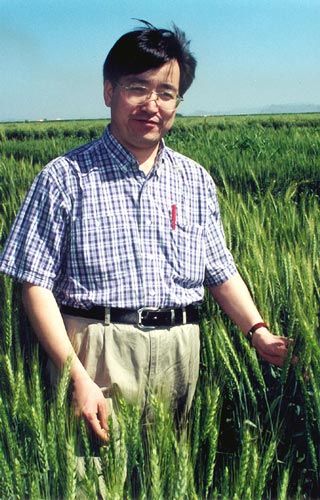
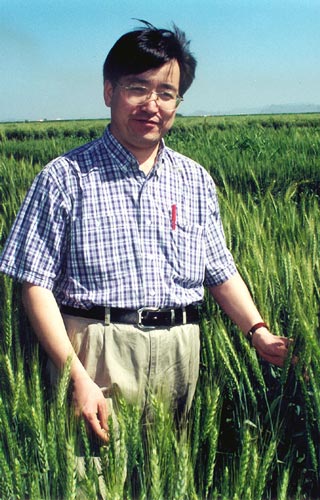
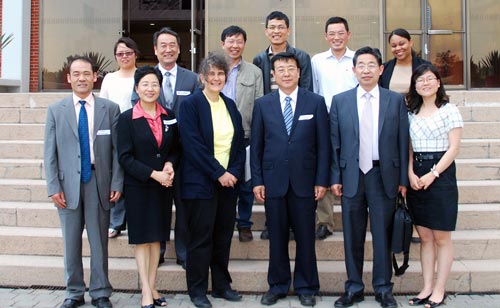 Whilst Director General Thomas Lumpkin is in China meeting with the ex- and current Presidents of the Chinese Academy of Agricultural Sciences (CAAS) in Beijing, a delegation of six CAAS representatives took the opportunity to come to El Batán to discuss collaborations between CIMMYT and China and opportunities for future projects. Li Jinxiang, Vice President, Ye Zhihua, Director General of the Institute of Quality Standard and Testing Technology for Agro-Products, Chen Wanquan, Director Generation of the Institute of Plant Protection, Li Sijing, Vice President of the Graduate School, Niu Liping, Deputy Director General of the Logistic Service Center, and Wang Jing, Project Officer of the Department of International Cooperation of CAAS visited CIMMYT while in Mexico for the G20 meetings.
Whilst Director General Thomas Lumpkin is in China meeting with the ex- and current Presidents of the Chinese Academy of Agricultural Sciences (CAAS) in Beijing, a delegation of six CAAS representatives took the opportunity to come to El Batán to discuss collaborations between CIMMYT and China and opportunities for future projects. Li Jinxiang, Vice President, Ye Zhihua, Director General of the Institute of Quality Standard and Testing Technology for Agro-Products, Chen Wanquan, Director Generation of the Institute of Plant Protection, Li Sijing, Vice President of the Graduate School, Niu Liping, Deputy Director General of the Logistic Service Center, and Wang Jing, Project Officer of the Department of International Cooperation of CAAS visited CIMMYT while in Mexico for the G20 meetings.